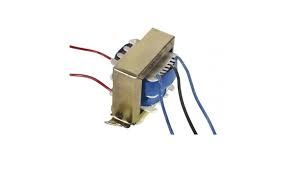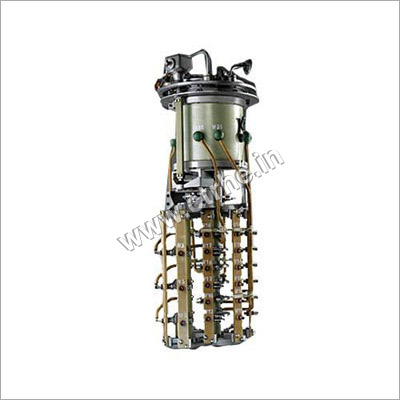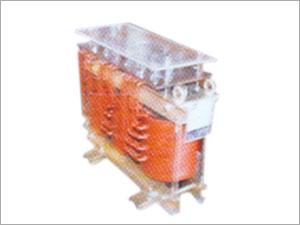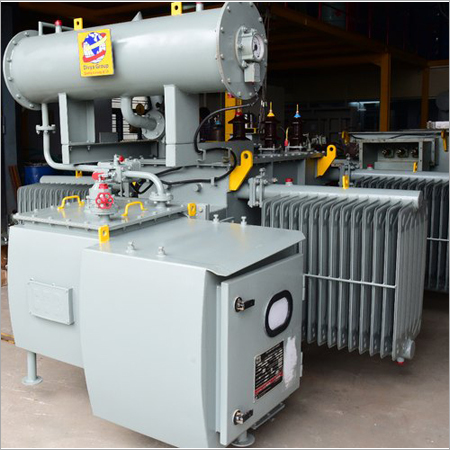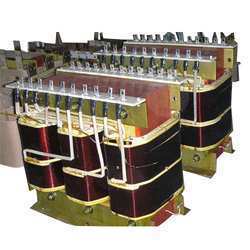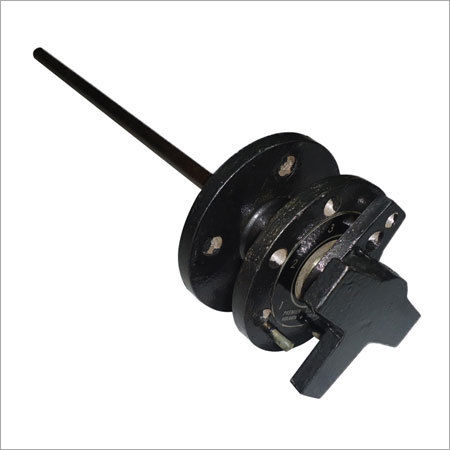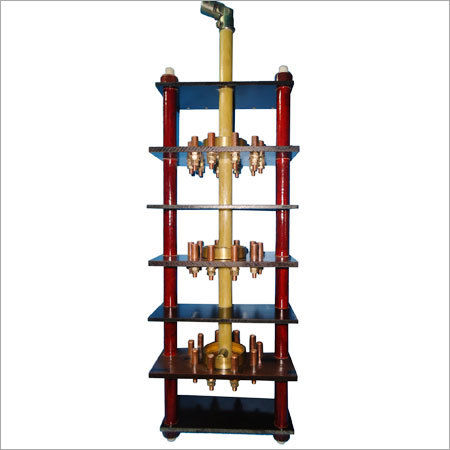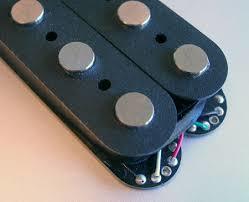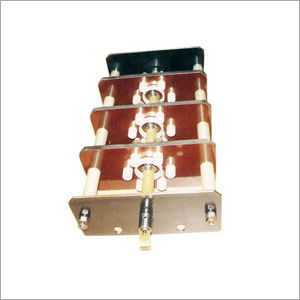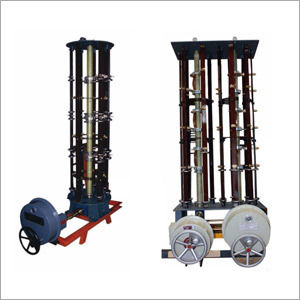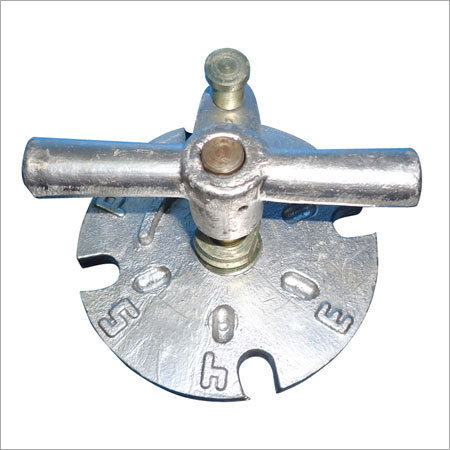
Tap Switch Metal Operating Handle
Price:
Get Latest Price
In Stock
Product Specifications
| Material | Metal |
| Voltages | 11/22/33 KV |
| Amps | 30/60/100/150/250 |
| Positions | 5/7/9/11 |
| Type | Bridge |
| Mounting | Horizontal |
| Handle | Universal Coupling |
| Features | Voltage regulation, Easy operation, Durable design, Reliable switching, Precise control, Sturdy model, Safe operation |
Product Overview
Key Features
Tap switches in transformers are used to regulate the output voltage to the required level. This is done by changing the ratio of the transformers on the system by altering the number of turns in one winding of the transformer.
Off Circuit Tap Switch - Rotary Tie Rod Type
We are engaged in offering an unparalleled range of Rotary Tie Rod Type Off Circuit Tap Switches
Specifications :
- 11 / 22 / 33 KV
- 30 / 60 / 100 / 150 / 250 Amps
- 5 / 7 / 9 / 11 Positions
- Bridge Type
- Suitable for Horizontal Mounting
- With Universal Coupling Type Handle
- Extremely sturdy model
- Suitable for Distribution Transformer
MORE ABOUT OFF CIRCUIT TAP SWITCH
Also called No-Load Tap Changer (NLTC), off-circuit tap changer, or De-Energized Tap Changer (DETC).
In low power, low voltage transformers, the tap point can take the form of a connection terminal, requiring a power lead to be disconnected by hand and connected to the new terminal. Alternatively, the process may be assisted by means of a rotary or slider switch.
Since the different tap points are at different voltages, the two connections can not be made simultaneously, as this would short-circuit a number of turns in the winding and produce excessive circulating current. Consequently, the power to the device must be interrupted during the switchover event. Off-circuit or de-energized tap changing (DETC) is sometimes employed in high voltage transformer designs, although for regular use, it is only applicable to installations in which the loss of supply can be tolerated. In power distribution networks, transformers commonly include an off-circuit tap changer on the primary winding to accommodate system variations within a narrow band around the nominal rating. The tap changer will often be set just once, at the time of installation, although it may be changed later during a scheduled outage to accommodate a long-term change in the system voltage profile.
Company Details
Focusing on a customer-centric approach, PREMIER ELECTRICALS has a pan-India presence and caters to a huge consumer base throughout the country. Buy Transformer & Transformer Components in bulk from PREMIER ELECTRICALS at Trade India quality-assured products.
Business Type
Exporter, Manufacturer, Supplier
Employee Count
20
Establishment
1994
GST NO
19ACOPC5837H1ZB
Related Products
Explore Related Categories
More Product From This seller
Seller Details

GST - 19ACOPC5837H1ZB
Kolkata, West Bengal
Proprietor
Mr. Vijay Chandak
Address
2, B.T. Road, Near Sinthee More, Kolkata, West Bengal, 700050, India
tap transformer in Kolkata
Report incorrect details

